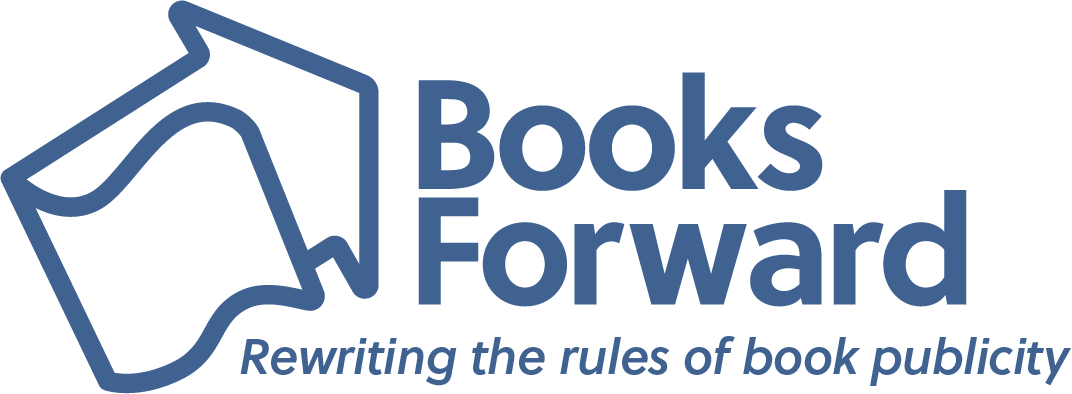In our new “State of the Industry” blog series, we’re breaking down how the pandemic has transformed the publishing industry. Writers and authors will be better prepared to navigate the new state of the industry in 2022 by understanding how the industry has rapidly transformed in 2020 and 2021.
Last month, we explored how the Black Lives Matter movement affected indie bookstores, and how indie booksellers are doing in 2022.
Now it’s time for a new question: How did the pandemic transform how readers buy books and engage with authors?
Answer: There are four major areas of impact, which we’ll break down below, including: the “re-emergence” of the backlist, which genres dominated the bestseller list, the continued rise of audiobooks, and the power of TikTok.
More readers than ever are buying books online.
Booksellers had to become commercial e-tailers almost overnight when physical bookstores shut their doors – something many of them were not equipped to handle. With shoppers unable to browse in-store, and book tours and festivals canceled, a book’s discoverability became limited by search terms and to titles readers have already heard of. Despite massive leaps for online retail from indie bookstores, major corporations like Amazon, Target, and Walmart continued to dominate book sales.
The consequence of this is that titles with celebrity names and big budgets, as well as recognizable and/or timely backlist titles, were getting the most attention. As a result, new, small, and debut titles struggled harder to find their audience.
What you need to know in 2022:
While things have balanced out in the publishing industry, prepare to see publishers promoting their backlists like never before, as they’ve realized that backlist titles are indeed commercially viable long after their pub date. This is good news for all authors in the long run. But it may mean new titles continue to struggle for attention as older titles are pushed back into an already-saturated market.
The events of 2020-21 ignited a firestorm of interest in specific genres.
Books exploring race, antiracism, diversity, and justice dominated the bestseller charts. Political books were hot sellers. Thanks to the pandemic push for homeschooling, children’s nonfiction, reference, and language saw a surge, as did domestic books on cooking and gardening.
Perhaps the most visible change in the publishing industry, at least when it comes to YA fiction, is the impact of TikTok on the book industry, in part because YA fiction was already becoming more diverse and incorporating themes of justice, antiracism, and inclusion that were even more popularized during 2020-21.
What you need to know in 2022:
Readers are more socially and politically aware, motivated, and ”charged” than ever before. We will continue to see these genres dominate nonfiction for the time being, and influence forthcoming fiction. Savvy authors will stay on top of – and ideally, ahead of – the curve by writing books that leverage these dominant themes and genres in 2022.
Audiobooks are booming.
In 2020, publishers in the United States released a record number of audio titles — more than 71,000 titles, an increase of nearly 40% over 2019. Publishers’ revenues from audio rose 12% to $1.3 billion over the same period, the ninth straight year of double-digit growth, according to the Association of American Publishers. Revenue from downloaded audiobooks grew more than 18% from January to May in 2021.
A 2021 New York Times article quotes Lance Fitzgerald, vice president of content and business development at Penguin Random House Audio, as saying “Audio listeners are so voracious, they listen to so much, we have to keep supplying content for them.”
The article goes on to explore how mega-bestselling author Erik Larson is experimenting with a stand-alone audiobook, and publishers are exploring/expanding stand-alone audiobooks and other audiobook production.
What you need to know in 2022:
There’s never been a better time to produce and market an audiobook. We will continue to see audio expansion in the publishing industry, and ever-creative ways of producing, distributing, and marketing audio literature.
TikTok is changing the way readers (especially YA readers) discover books and connect with authors.
TikTok is one of the fastest growing social media platforms, and YA and romance fiction feature heavily within the app’s reading community (colloquially named “BookTok”). In January 2018, the app had 55 million global users, which ballooned to 271 million by December 2018. A year later they were at 507 million, and they hit 700 million monthly active users in August 2020. By September 2021, the company reported that their user base had hit 1 billion.
More readers than ever took to TikTok to gush about, critique, and (yes) cry over their favorite reads during the pandemic – creating a demand that landed certain books back on the bestseller list in ways that surprised even the savviest of publishers and authors.
We’re now seeing “Booktok” endcaps and signage at bookstores, and celebratory “smash hit on Booktok” taglines on covers – that’s how powerful the app’s influence became.
What you need to know in 2022:
Authors active on TikTok – or whose books are heavily promoted on TikTok by “booktokers” — will find an enthusiastic audience of extremely motivated book buyers. Authors who join TikTok will have a great opportunity to promote their work creatively and connect with fans directly.
How else should authors be promoting their books in 2022?
Join us next month when we wrap up our State of the Industry blog series with a comprehensive plan for how authors should be promoting their books this year.

Chelsea is a copywriter, editor, publicist, and content creator at Books Forward, an author publicity and book marketing firm committed to promoting voices from a diverse variety of communities. From book reviews and author events, to social media and digital marketing, we help authors find success and connect with readers. Interested in what’s possible for your book sales and building readership? Check out our services, tell us your goals, and get a customized publicity campaign tailored just for you.


